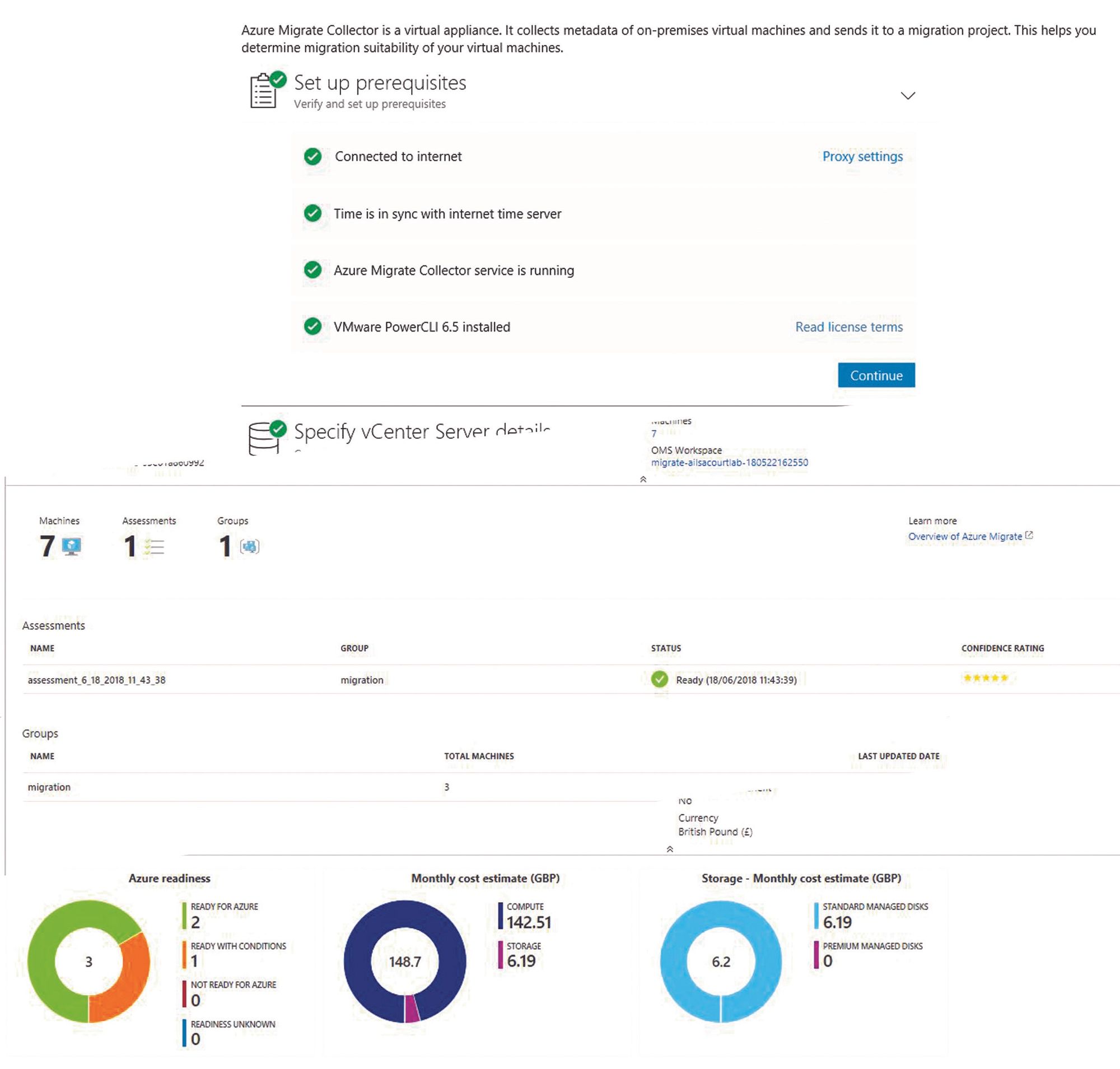

SQL Import: No colour and sometimes Yellow header bar (looks like a small bug to me).SSAS 2022 Direct Query: Dark blue header bar.Local Model: Light blue header bar (Since I use connect live connection, my local model is not actually on my laptop but on the SSAS server).I tried to connect and link my Analysis Service 2022 model with 4 other models. Distinguish between local and different models I try to reproduce it using an Azure model with an SQL Direct Query table and it worked just fine. This one sounds like a bug to me, in fact, if you try to create a relationship with an SQL Direct Query table, Power BI will crash and you will need to kill its process. Relationships with SQL Direct query mode do not work So to fully leverage the composite model on your on-prem/IASS architecture you must migrate all your models to SSAS 2022. So if you try to directly connect to a model deployed on an older version such as SSAS 2019 for example you will get the following error message: On top of the known limitations listed in Microsoft documentation, you have to bear in mind that only models deployed on Analysis Services 2022 are supported (Of course Azure AS and PBI are supported). Only Analysis Services 2022 models are supported However, you should still make sure to follow the composite model guidance otherwise you may end up with over complex reports or slow reports. The great thing about this game-changer feature is that you can now create a report that combines tables from different models and no longer need to create silo reports for each department or duplicate data into every single model, this will save tons of time and simplify a lot the model creation. Except for a few things that I detail below I did not notice any difference of course the only thing that differs is that you must configure a data source gateway for any model used in your composite model as long as they are SSAS models. I did some tests and as far as I can see all the limitations on PBI or Azure AS also apply to SSAS. This new feature is now well known by the Power BI community and Azure AS, so no need to repeat the Microsoft documentation. The composite models feature in SSAS is documented here: Using DirectQuery for Power BI datasets and Analysis Services (preview)

So this post is more intended for the PBI and SSAS developers while the other post will target a broader audience such as developers but also the DBA or infra administrators. Since I want to keep this post short enough I will only review the Composite Model and the new DAX functions and will write another post for the performance part.

Without further talking let’s review these new features together. Parallel Execution Plans for DirectQueryĪlthough there’s no information about it on the Microsoft side, there’s also great news for the DAX developers! All and I repeat All the new DAX functions or updated functions are supported in Analysis Services 2022!.Query interleaving – Short query bias with fast cancellation.So what’s new in SSAS 2022? According to Microsoft here are the newly available features: The Microsoft learn doc: What’s new in SQL Server Analysis Services The power BI Blog: What’s new in SQL Server 2022 Analysis Services CTP 2.0 What’s new in Analysis Services 2022?īefore jumping into the new features here are the two Microsoft links where you can find more information about the new release and keep up to date with new feature releases or cumulative updates: These are just some examples and I’m sure the list can go longer than that but of course, we can also argue these reasons.Īnyway, the purpose of this post is not to discuss cloud or not cloud but rather to emphasize that as of today there are still a lot of companies even large ones that heavily rely on SQL Server Analysis and thankfully Microsoft understood it and came up with this new release which for me a game changer for model and report designers. Gouvernance, compliance, intellectual property, etc….No internal skills to move to the clouds.Security (even if I tend to believe that the cloud is probably more secure than an on-prem solution…).Memory and CPU limitation, you can allocate more than 400GB of memory on your physical server or virtual machine (since gen2 PBI manages the memory in a dynamic way but still…).One might ask if it is still worth using an on-prem solution (or IASS), and the answer is always “it depends” but there are still some valid reasons for companies to stick with an on-prem/IASS solution. Distinguish between local and different modelsĪnalysis Services 2022: Why don’t we just migrate to Azure AS or PBI premium?.Analysis Services 2022: Why don’t we just migrate to Azure AS or PBI premium?.


 0 kommentar(er)
0 kommentar(er)
